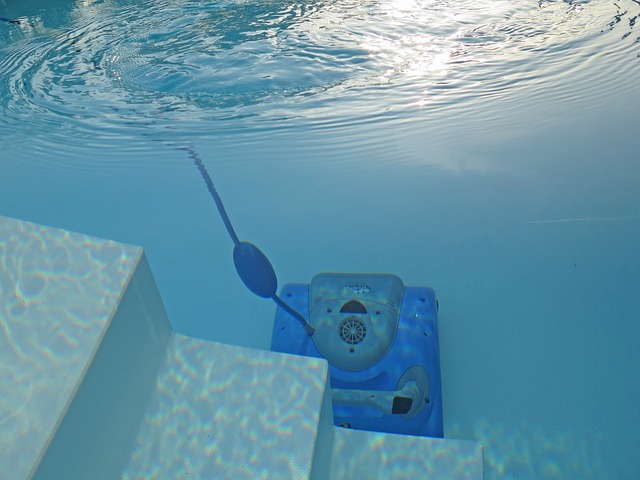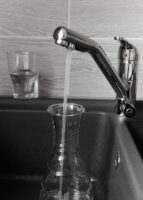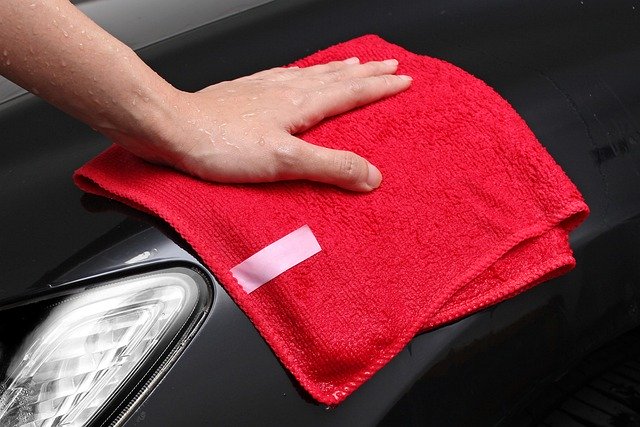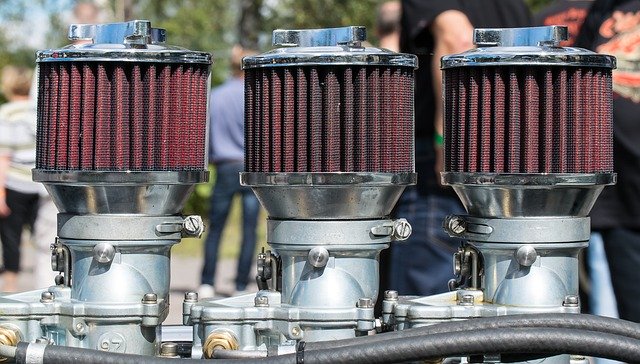A swimming pool is more than just a place to take a refreshing dip on a scorching summer day; it’s a sanctuary of relaxation, a haven for family fun, and the centerpiece of your outdoor oasis. But to keep your pool sparkling and inviting, regular cleaning and maintenance are essential. Neglecting these tasks can turn your pool into a murky and uninviting water body, far from the idyllic retreat you envision.
A clean and well-maintained pool is more than just a luxury; it’s a matter of health, safety, and protecting your valuable investment. It’s the gateway to endless summer pleasures, a backdrop for memorable family gatherings, and a serene escape from the daily grind.
Welcome to the ultimate guide on cleaning and maintaining your swimming pool, where we dive deep into the art and science of pool care. From understanding the significance of pool maintenance to walking you through the step-by-step processes of maintaining crystal clear waters, this guide encompasses everything you need to know to preserve your swimming pool in pristine condition.
In the chapters ahead, we’ll explore the critical aspects of pool maintenance and cleaning. We’ll help you grasp the chemistry behind pool water, the tools and techniques needed to keep it in perfect balance, and the troubleshooting skills required to tackle common pool issues. By the end of this guide, you’ll be equipped with the knowledge and confidence to embark on your journey towards a pool that’s not just a source of refreshment but a symbol of relaxation, fun, and unwavering beauty.
Why Proper Pool Maintenance is Crucial
Maintaining your swimming pool is not just about aesthetics; it’s a matter of health, safety, and preserving your investment. Here are some compelling reasons why proper pool maintenance is crucial:
- Water Quality and Safety: Maintaining the right chemical balance in your pool ensures the water is safe for swimming. Properly sanitized water minimizes the risk of waterborne illnesses, such as skin and eye irritations, and more severe conditions like gastroenteritis.
- Extending Pool Life: Regular maintenance helps prevent damage and deterioration of pool components, including the pool liner, pumps, filters, and the pool’s structural elements. This extends the life of your pool and saves you money in the long run.
- Aesthetic Appeal: A clean and well-maintained pool not only looks inviting but also enhances the overall appeal of your property. It becomes a focal point of your backyard, adding value to your home.
- Energy Efficiency: Well-maintained pool equipment operates more efficiently, reducing energy consumption and, consequently, your utility bills.
- Algae Prevention: Algae can quickly turn your pool into a green and slimy mess. Regular pool maintenance helps prevent algae growth, saving you from the hassle of cleaning it up.
- Peace of Mind: A well-maintained pool provides peace of mind. You can relax and enjoy your pool without worrying about water quality, safety, or unexpected breakdowns.
Pool Cleaning and Maintenance Checklist
Proper pool maintenance can be broken down into several key areas. By addressing each of these components, you can keep your pool clean, safe, and inviting year-round.
1. Water Testing and Balancing
Regular water testing is the foundation of pool maintenance. You should test your pool water at least once a week, but more frequent testing may be necessary, especially during hot and sunny periods. Here’s how to do it:
- pH Levels: Maintain a pH level between 7.2 and 7.8. Use pH increaser or decreaser as needed to achieve the correct level.
- Chlorine Levels: Keep chlorine levels in the range of 1-3 parts per million (ppm) to ensure proper sanitation.
- Alkalinity: Alkalinity levels should be in the range of 80-120 ppm. Alkalinity acts as a pH buffer, preventing rapid pH fluctuations.
- Calcium Hardness: Maintain calcium hardness between 200-400 ppm to prevent scale formation or water from becoming too aggressive and corroding the pool surfaces.
2. Skimming and Surface Cleaning
Regularly skimming the pool surface with a pool skimmer or net is essential to remove leaves, debris, and bugs. This not only keeps the pool looking clean but also prevents contaminants from sinking to the bottom. Surface cleaning can be a daily or weekly task, depending on the debris in your area.
3. Pool Brushing
Brushing the pool walls and floor helps prevent algae growth and removes dirt and debris that may have settled. The frequency of brushing varies depending on pool use and environmental conditions, but a general guideline is once a week.
4. Vacuuming
Vacuuming your pool helps remove dirt and debris that have settled to the bottom. There are manual and automatic pool vacuums available. Depending on the pool’s size and usage, you may need to vacuum once a week or as needed.
5. Filter Cleaning
Pool filters play a crucial role in trapping debris and impurities. Depending on the type of filter your pool uses (sand, cartridge, or diatomaceous earth), you’ll need to backwash or clean it as follows:
- Sand Filter: Backwash the filter as indicated by your pressure gauge, typically when the pressure rises 8-10 psi above normal.
- Cartridge Filter: Clean the cartridges when the pressure gauge indicates a 10-15 psi increase.
- DE Filter: Cleaning the DE filter involves taking it apart and cleaning the grids or fingers. The frequency depends on pressure gauge readings.
6. Chemical Maintenance
In addition to balancing the water chemistry, you’ll need to add pool chemicals to sanitize the water and prevent algae and bacteria growth. Common pool chemicals include:
- Chlorine: Used for sanitizing the pool.
- Algaecide: Prevents algae growth.
- Shock: Oxidizes contaminants in the water.
- Stabilizer (Cyanuric Acid): Protects chlorine from degradation due to sunlight.
- Calcium Chloride: Raises calcium hardness in soft water areas.
- Sodium Bicarbonate: Raises alkalinity levels.
- Muriatic Acid or Sodium Bisulfate: Lowers pH levels.
7. Tile and Grout Cleaning
The tiles and grout around the pool’s waterline can accumulate calcium deposits and grime. Regular cleaning with a pool tile cleaner or a mixture of water and vinegar can keep these surfaces looking clean and well-maintained.
8. Check and Maintain Pool Equipment
Regularly inspect and maintain your pool equipment, including pumps, filters, and heaters. Ensure that everything is in proper working condition, and address any issues promptly to prevent costly repairs or replacements.
9. Pool Cover Care
If you use a pool cover, make sure it’s clean and in good condition. Clean and store it properly when not in use to extend its lifespan.
10. Winterize Your Pool
If you live in an area with cold winters, proper winterization is essential to protect your pool from freezing temperatures. This includes draining water from the pool, lowering the water level, and protecting equipment from frost.
Pool Cleaning Tips and Tricks
While the checklist covers the essential aspects of pool maintenance, here are some additional tips and tricks to help you keep your swimming pool in top shape:
- Consistent Routine: Establish a regular pool maintenance routine and stick to it. Consistency is key to preventing problems from developing.
- Automatic Pool Cleaners: Consider investing in an automatic pool cleaner, which can save you time and effort by continuously cleaning the pool.
- Use a Tennis Ball: Toss a tennis ball into the pool to absorb oils and lotions from swimmers. This can help prevent the waterline from becoming scummy.
- Shocking the Pool: “Shocking” the pool means adding a high dose of chlorine to eliminate contaminants. This should be done after heavy pool usage or if the water appears cloudy.
- Cover When Not in Use: Using a pool cover when the pool is not in use helps keep debris out and reduces the evaporation of pool water.
- Be Cautious with Algaecides: While algaecides can be helpful, be cautious not to overuse them, as they can build up and affect water balance.
- Regular Professional Inspection: Consider having a professional pool service perform regular inspections and maintenance tasks to ensure everything is in top condition.
Troubleshooting Common Pool Issues
Despite your best efforts, pool issues can still arise. Here are some common problems and their solutions:
- Cloudy Water: Cloudy water can result from improper chemical balance. Test and balance the water chemistry, and use a pool clarifier if needed.
- Algae Growth: Algae can quickly take over a pool. Shock the pool and use an algaecide to eliminate it, then brush and vacuum to remove dead algae.
- Green Pool: A green pool is often caused by an excessive algae infestation. This requires aggressive treatment, including shock treatment, algaecide, and filtration.
- Low Water Level: Maintain the water level to ensure the skimmer works properly. A low water level can also lead to pump problems.
- Clogged Skimmer and Pump Baskets: Regularly clean out the skimmer and pump baskets to ensure proper water circulation.
- Leaking Pool: Pool leaks can occur in various locations. Consult a professional to locate and repair the leak.
Conclusion
A clean and well-maintained swimming pool is a source of enjoyment, relaxation, and a focal point for your outdoor space. By following a regular pool maintenance routine, balancing water chemistry, and addressing any issues promptly, you can ensure that your pool remains crystal clear and inviting.
Remember that pool maintenance requires dedication and attention to detail, but the rewards are well worth the effort. You’ll enjoy a safe, beautiful, and sparkling pool that not only enhances your property but also creates a welcoming environment for family and friends. So, dive into the world of pool care, and let the refreshing waters of your swimming pool become a source of endless enjoyment and relaxation.














